The proxy pattern is the bottom layer of Spring AOP. The proxy pattern is the bottom layer of Spring AOP.

Static proxy:
Character Analysis:
Abstract roles: generally use interfaces or abstract classes to solve
Real role : the role that is being represented
Acting role : Acting as a real role, after acting as a real role, it will generally do some subsidiary operations
Client: The person accessing the proxy object
Advantages of proxy mode:
(1) It can make the operation of real characters more pure, without paying attention to some public services
(2) The public business is handed over to the agent role, realizing the division of labor
(3) When the public business is expanded, it is convenient for centralized management.
Disadvantages: A real role will generate a proxy role, and the development efficiency will become lower.
Solution: Dynamic proxy
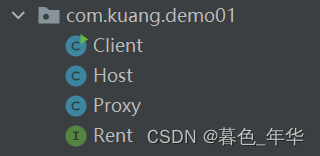
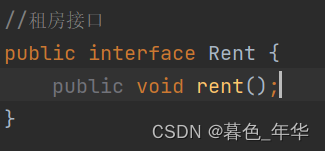
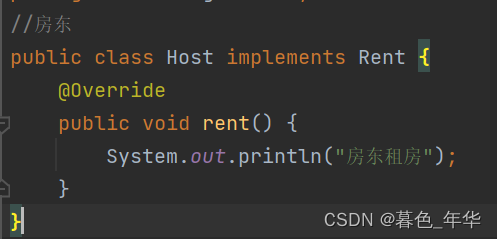

Additional operations

client:
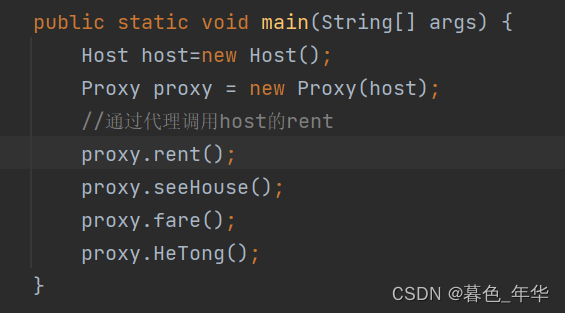
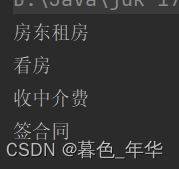
The client's direct contact is that the intermediary rents the landlord's house.
Example: Known interfaces have methods to add, delete, modify and check

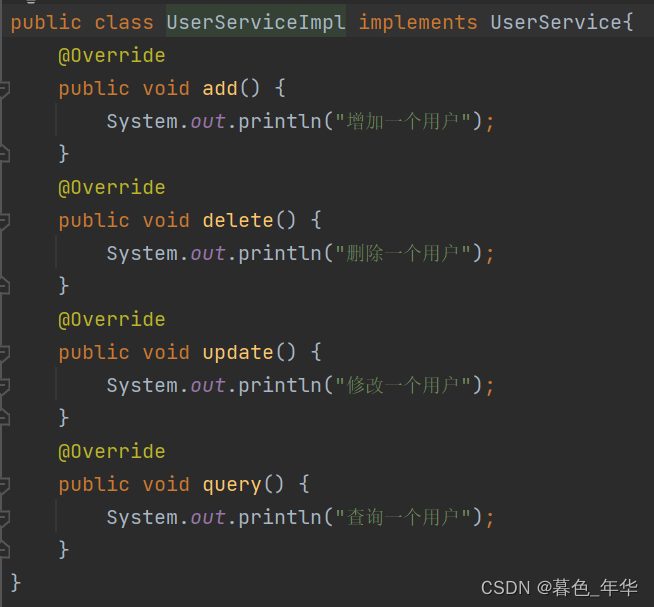
Now want to print log when CRUD is called
Normally, print statements can be added directly to each method body

But in this way, the original code has been changed.
If you don't want to change the original code, you can use the proxy mode to add auxiliary functions

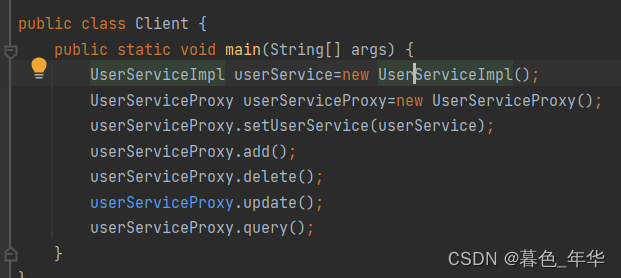
Understanding: without changing the original business, add some expansion functions to the business and use the agency model